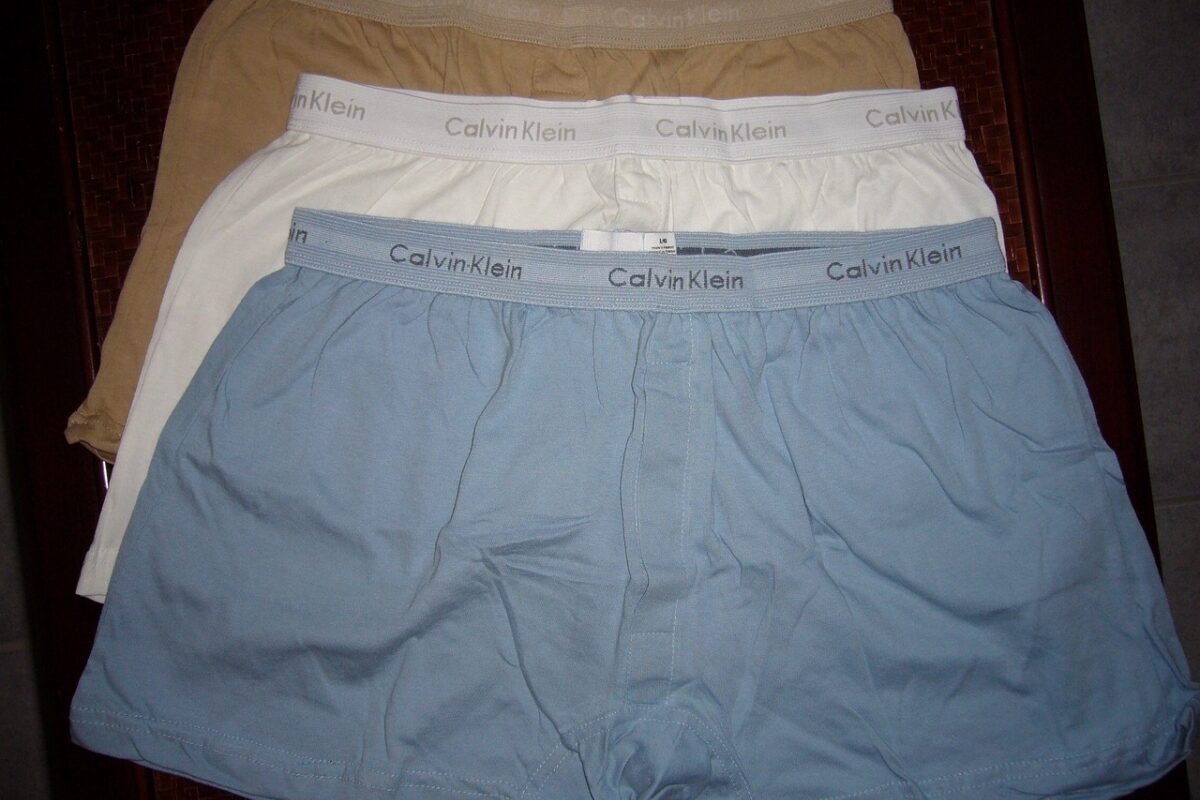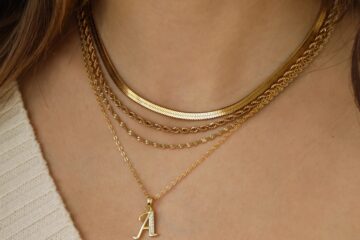Most fashion advice focuses on the outer layers of our clothes. This makes sense because people search for fashion advice to understand what looks good in the eyes of others. But something that has a big impact on whether our clothes look good on us is how comfortable we feel while we’re wearing them. Part of that comes down to confidence. The other part relates to what’s going on underneath.
It’s no good spending lots of money on high-quality clothes then not being able to appreciate the fine fabrics and craftsmanship because of discomfort elsewhere. You’ll hardly even get the benefit of looking good in them if you are visibly uncomfortable. So, getting that foundation right matters.
Both literally and figuratively, there is no one-size-fits-all solution to underwear. You may need to wear different styles in different situations or with different clothes. This guide will cover the main styles of men’s underwear, how they are designed to be worn, and the things to look for in a quality pair of undergarments.
The main styles of men’s underwear
Most men stick to just one type of underwear, which is why it can come as a surprise to know that there is a broad range of different styles. Many are designed for everyday use and broad appeal, but there’s also male lingerie and abbreviated styles like thongs for those who prefer them. The styles below fall into the former categories, as they are generally more popular.
Boxer shorts
Boxer shorts, or boxers, get their name because they really did develop out of the athletic garments. In fact, that’s how they were first sold in the 1920s, but salesmen soon figured out that they sold better as undergarments. Traditional boxers have an elastic waistband but are otherwise very loose. This makes them good for ventilation and comfort but they offer no support.
They’re good for sleeping or relaxing in, but they often bunch up under tight trousers or if you move around a lot during the day.
Briefs
Briefs are also known as Y-fronts or jockey shorts, and although they have a reputation of being a bit old-fashioned they are still widely worn today. They are essentially the opposite of boxers, in the sense that they are tight, supportive, and do not really cover the legs at all.
For those who wear tight-fitting trousers, these are much better than boxers because they do not bunch up underneath them. Some people also find them better suited to sitting in for long periods, for example, if you have a desk job.
Boxer briefs and trunks
With the early 20th century producing those two very different forms of men’s underwear, it’s no surprise that someone soon figured out that there might be a market in the middle too. Today, that third option is probably the go-to style for the majority of men.
Boxer briefs are shaped like boxers but are snug and supportive like briefs. They cover part of the thighs like boxer shorts do, but there’s also a variation called trunks which are essentially the same but cut a bit shorter.
Like briefs, they work under all kinds of trousers. Because they offer support as well as good mobility and breathability, they are excellent for active men and are well-suited to the gym too.
What to look for in good underwear
Once you’ve figured out which style or styles of underwear best suit the activities you regularly do in your life, then it’s time to buy some. The trouble here is that underwear cannot be tried on or returned. This discourages people from paying for quality pairs because if they end up not liking them, then they have just wasted their money.
However, what you should do instead of switching to cheap fast-fashion alternatives that don’t last is learn a little about what makes a good quality pair of underwear. This means things like what fabrics and design elements are used. Below is a brief guide to some of the things you can look for.
Fabrics
There are four main qualities that you should be looking for from the fabrics you choose. Obviously, you will want them to be super soft, but the best ones are also breathable, moisture-wicking, and durable.
Fabrics that wick moisture and let air circulate easily will help when it comes to keeping you cool and dry. Examples of these include bamboo and hemp, along with some semi-synthetic and synthetic fabrics like micromodal and microfiber.
One that absorbs moisture rather than wicking it away from the skin is cotton, yet this remains a popular choice because of its breathability and exceptional softness against the skin. Whether the lack of moisture-wicking properties will be a problem for you really depends on the climate where you live and what you plan on doing in them. If you live somewhere that’s fairly cool and are not very active during the day, cotton can still be a good choice.
Construction
The fabric plays some role in the durability of underwear, but what will really help prevent problems like the waistband stretching, the garments shrinking, or holes appearing is sturdy construction. That means not only fine stitching in the seams, but reinforced seams. These are more resistant to fraying and tearing, and they also won’t come apart so easily in the wash.
Some brands have gone even further than this and have introduced seamless underwear. This is also usually free from tags, making them much more comfortable to wear because there is nothing to scratch or chafe against your skin. Tags and seams can also show through sometimes if you wear light-coloured or thin, tight trousers. This can’t happen in seamless pairs, leading to a much sleeker look overall.
Conclusion
While it’s always worth paying a bit more for a high-quality item, choosing the right underwear really comes down to your preferences and lifestyle. However, few men pay much attention to the different options that are out there. Hopefully you can now see that there are many different combinations of styles, fabrics, and designs to choose from. So next time you need to buy some underwear, you will be able to choose an upgrade rather than default to the same old option.




